
Tanning of Skin: Causes, Effects and Prevention Strategies
Tanning, a widespread skin concern, need not be accepted as an unavoidable reality, especially for those living in tropical regions. Discover the causes and safe and efficient methods to combat skin tan in this article.
Understanding the Importance of Skin Tanning
Wondering, 'What is tanning of skin?' Tanning is our skin's unique protection mechanism. The sun emits invisible UV rays that can damage our skin. To keep us safe, our skin produces the pigment "melanin".
Our skin cells are protected from excessive sunlight by this melanin. Thus, tanning is the skin's approach of keeping us harmless and safeguarding us from the sun's harmful rays. Always wear sunblocker, use caution, and protect your skin to prevent over-bronzing.
Causes of Skin Tanning
When we spend excessive time in the sun, our skin becomes shaded. Our skin is bare to UV radiation when we are out in the sun. Tanning of skin takes place on account of excessive sun exposure. Melanin acts as a miniature canopy to shield our skin cells from extreme sun exposure.
The more time we spend in the sun, the more melanin our skin produces, which is why we tan. It's like putting on a natural sun hat! Never forget to wear sunscreen to prevent overexposure to the sun and protect your skin.
Effects of Skin Tanning
While a golden tan may be alluring, excessive and unprotected sun exposure can negatively impact the skin's health. The following are some notable side effects of skin tanning:
Sunburn
When we allocate excessive time in the sun, our skin becomes exceedingly troubled and distressed. Sometimes, it may even begin to exfoliate, much like a reptile peeling its skin. The worst aspect is that extreme sun exposure can cause damage to our skin and raise the risk of skin disease, both of which are important health issues. Therefore, it's important to be careful and shield our skin by probing for shade and applying sun blockers outdoors.
Also read: How to Treat Sunburn?
Premature Aging
Our skin ages more hastily when we spend excessive time outside without protection from the sunlight. Our skin can seem older than it is due to age spots, fine lines, and folds. To uphold our skin looking young and robust, it is critical to use sunlight protection.
Hyperpigmentation
Hyperpigmentation is the term for dark spots and patches generated by irregular allocation of melanin in the skin. Darker skin tones make people more prone to get affected by this ailment.
Skin Cancer
Hyperpigmentation, also known as dark spots and patches, can result from the unbalanced distribution of melanin in our skin. Darker-skinned human beings are more prone to this issue.
Prevention Strategies for Skin Tanning
Although tan on face is a conventional reaction to sun exposure, it's critical to take prudent measures to protect our skin from UV radiation's adverse effects. Here are a few safety measures to take:
Put on protective clothing
Wear as much skin-covering attire as you can. It should be relaxed and breathable and must have a tight blend. You should wear broad-brimmed hats and UV-obstructing specs to conceal your face and eyes from the sun.
Limit tanning beds
UVA rays from tanning beds can accelerate aging and lead to skin malignancy. To uphold the safety and well-being of your skin, avoid them.
The Science Behind Skin Tanning
Our natural tan skin has a built-in defensive system to defend itself when exposed to the sun for an extended period. Melanocytes produce the pigment melanin inside of our skin. This pigment works as a screen when exposed to the sun's damaging rays.
We refer to this excess melanin as a tan since it spreads to our skin cells and darkens our complexion. It's like our sun tanned skin putting on sunscreen itself to stay safe from too much sun. But remember, we should always be careful and not stay in the sun for too long to avoid getting too much tan.
Also read: How to Remove Tanning from Forehead & Their Causes
Conclusion
Skin tanning is an intriguing natural occurrence demonstrating our body's capacity to defend itself against the sun's harmful rays. To enjoy the sun and protect the health of our skin, however, we must strike a balance.
We may enjoy the sun's warmth while ensuring our skin is healthy, vibrant, and free from sun damage by knowing the causes and effects of tanning and following effective prevention techniques. Remember that embracing the sun properly is the secret to a gorgeous and long-lasting glow.
FAQs:
1. What causes skin tanning?
Sun's UV rays stimulate melanin production.
2. What are the tanning effects on skin?
Skin cancer, premature aging, and sunburn.
3. How to prevent skin tanning?
Apply sunscreen, seek shade, and wear protective clothing.
4. Can indoor tanning be safe?
No, it also exposes skin to harmful UV rays.
5. Is there a safe way to tan?
Sunless tanning products or spray tans are safer alternatives.

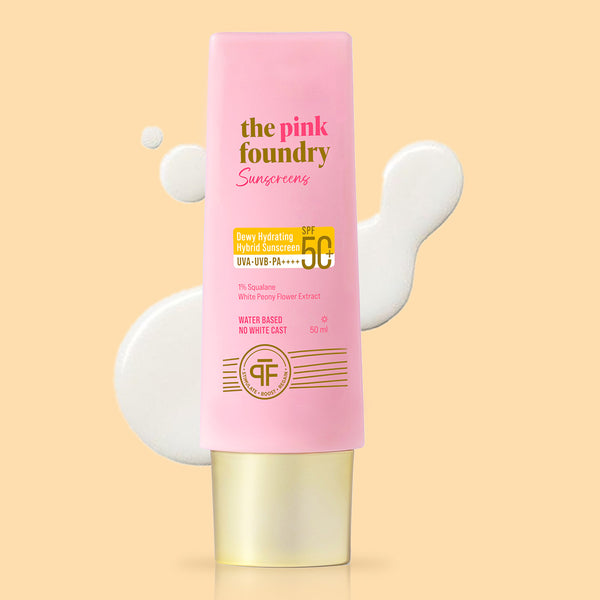



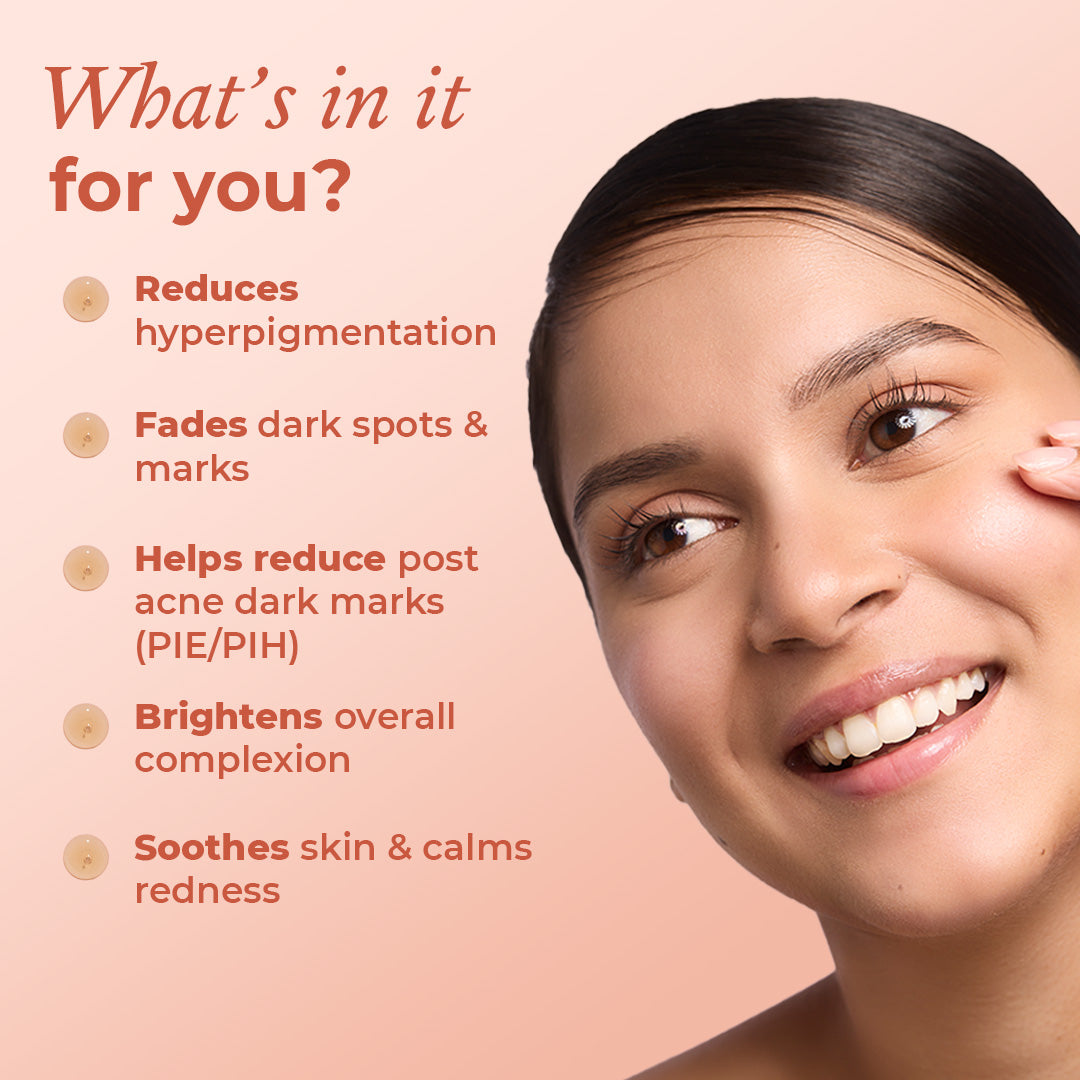

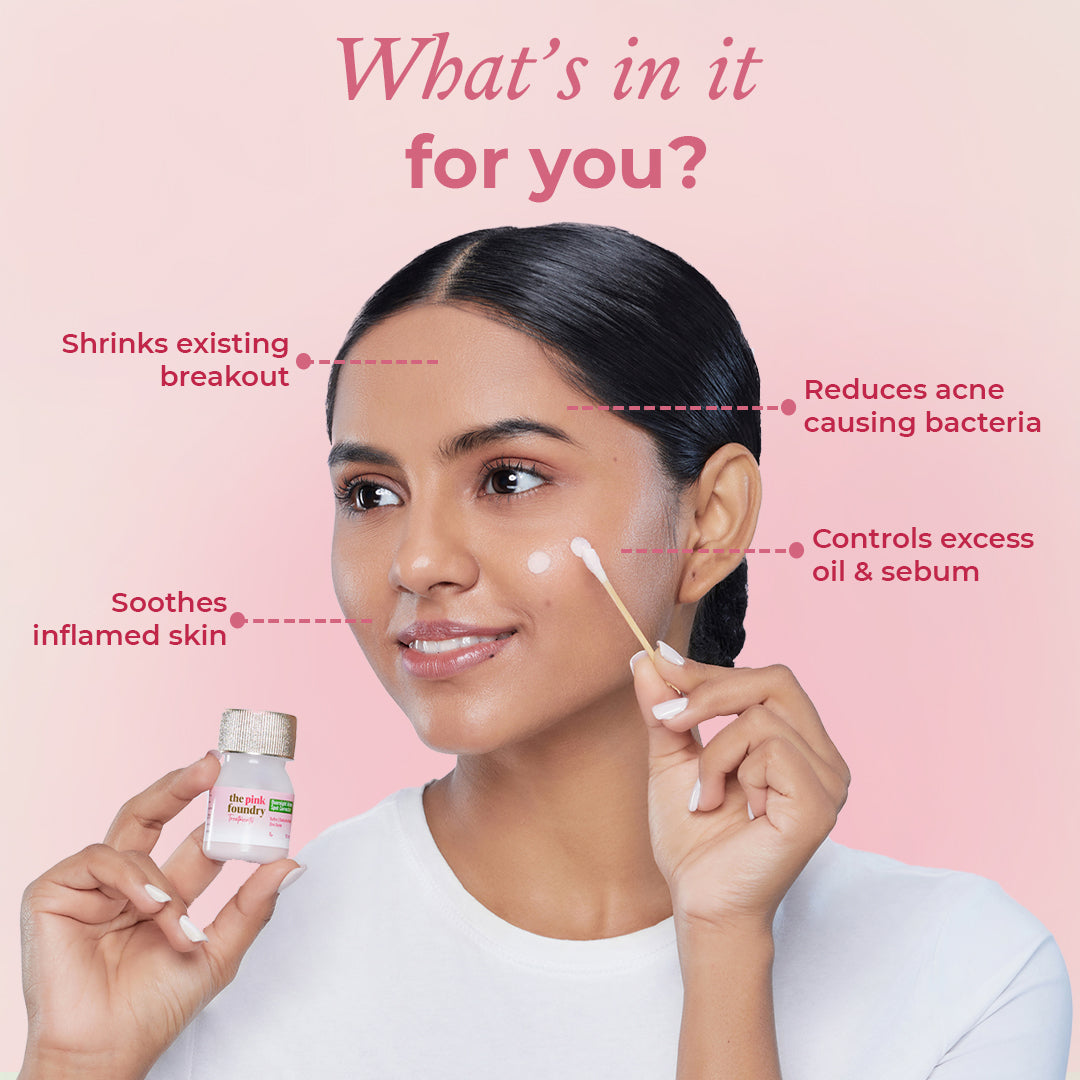
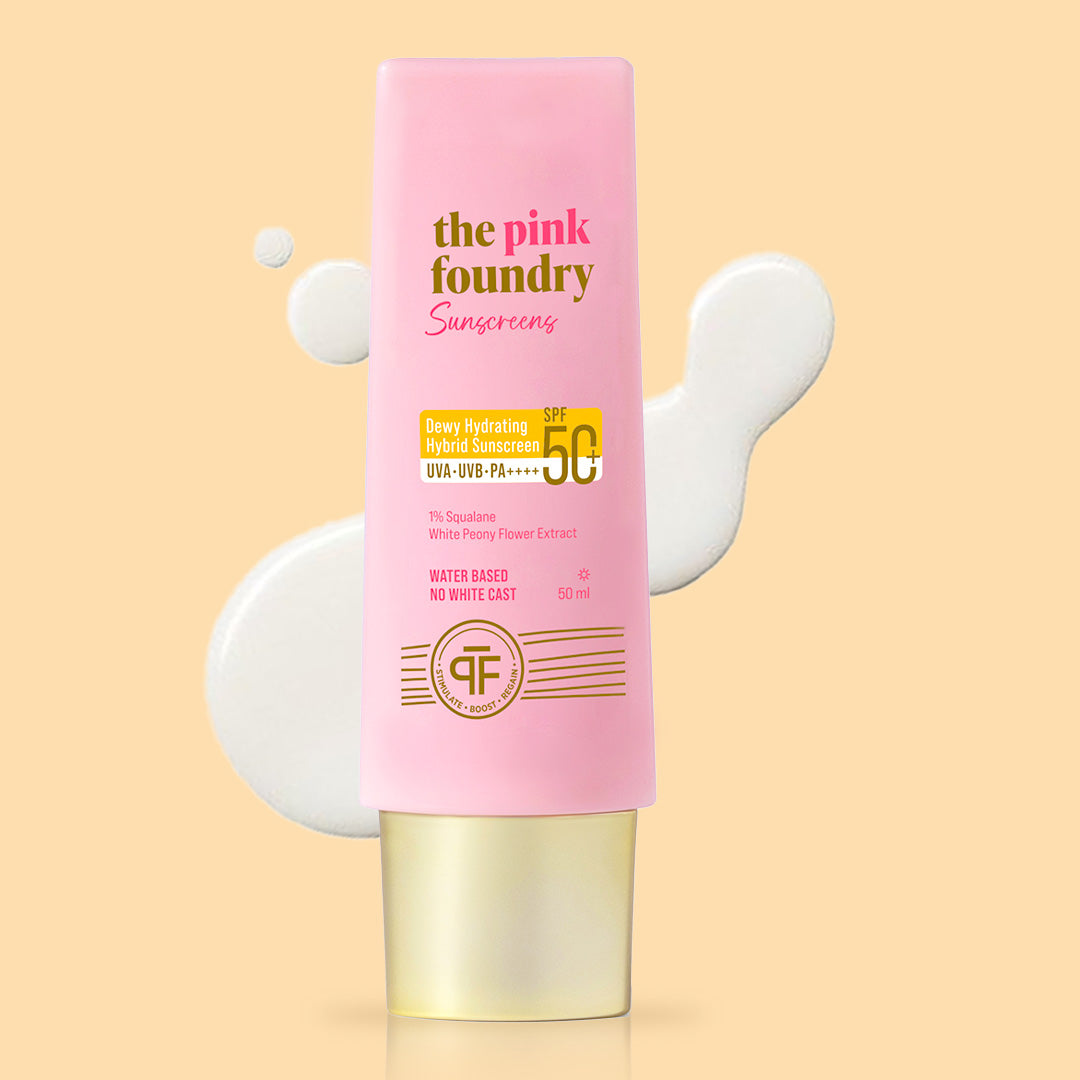
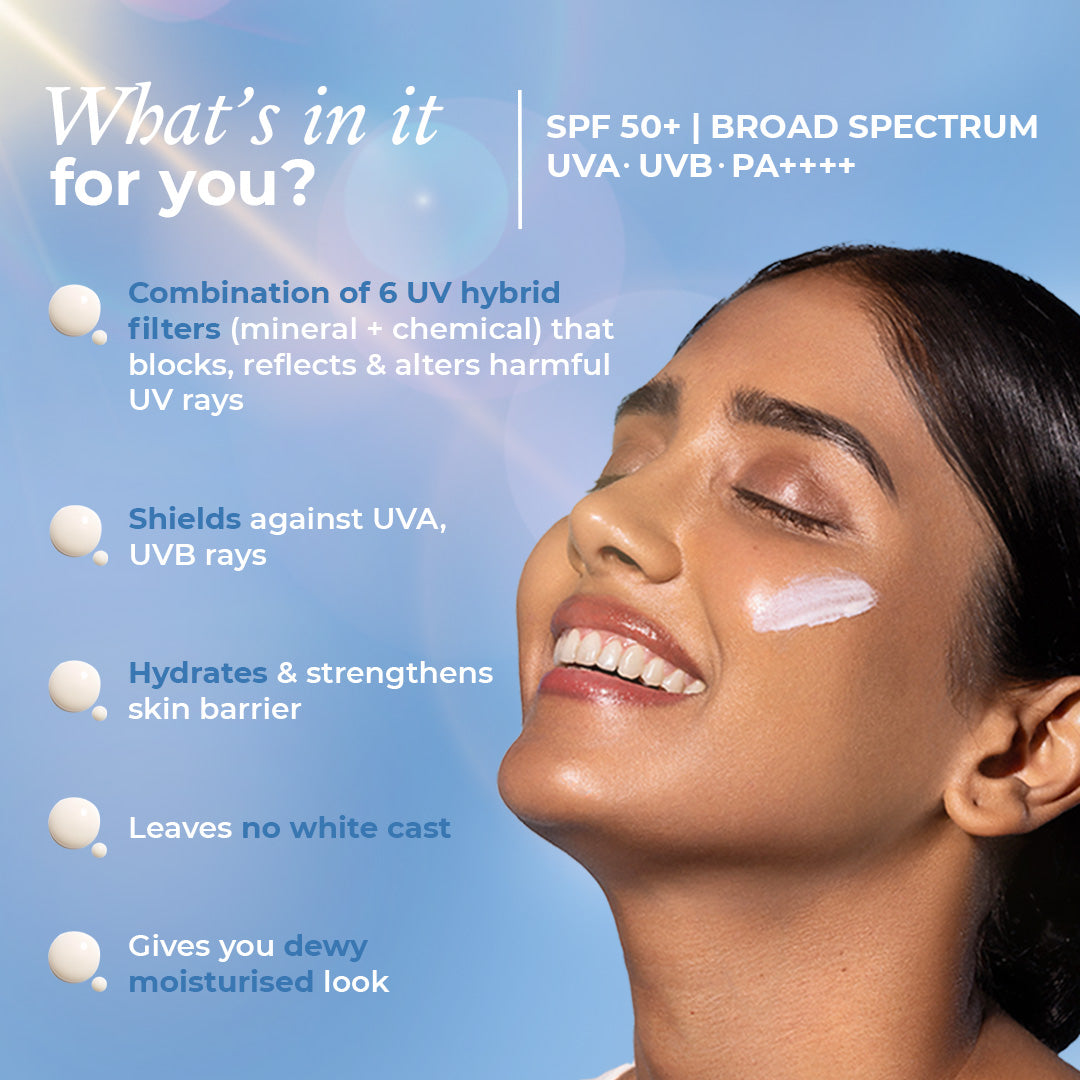
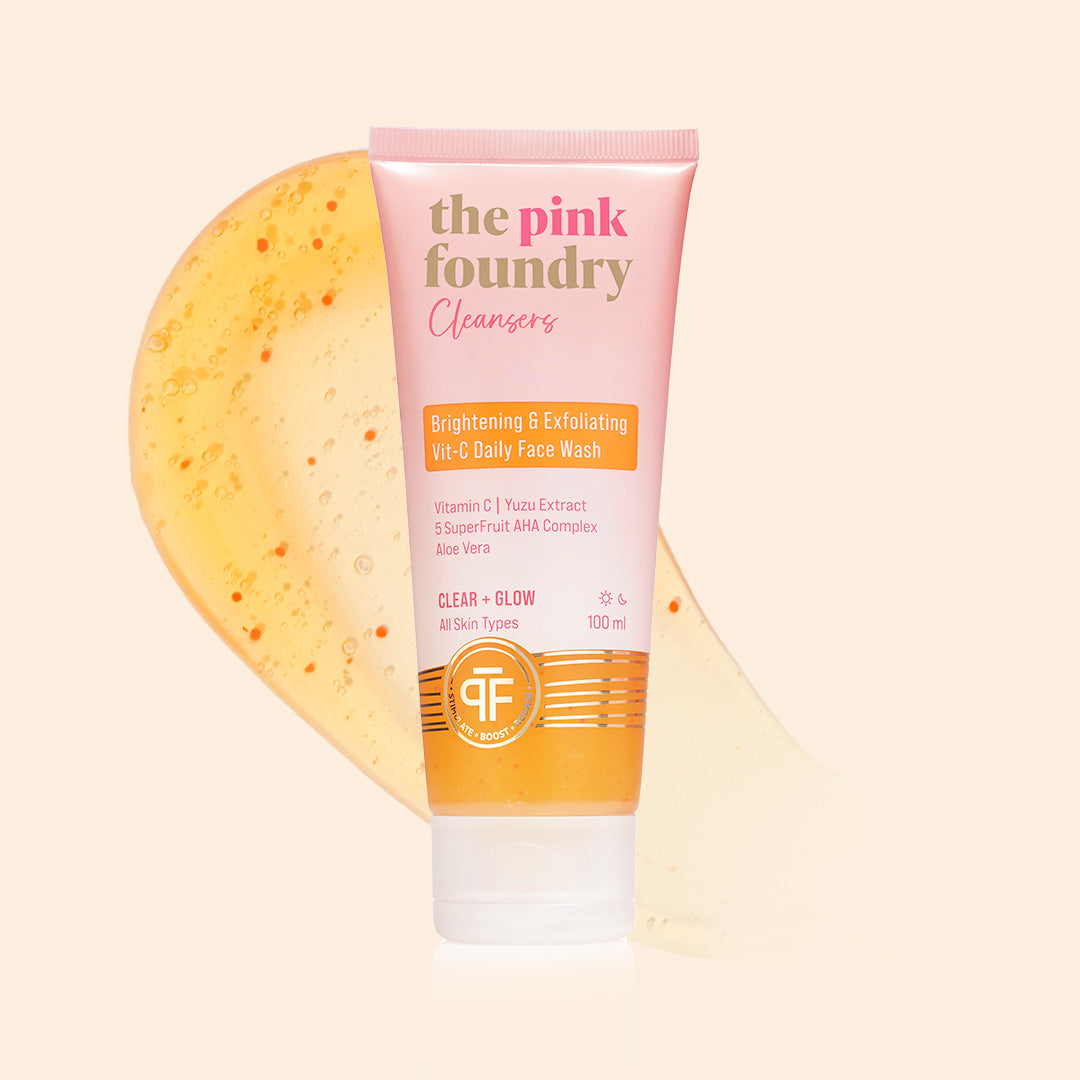
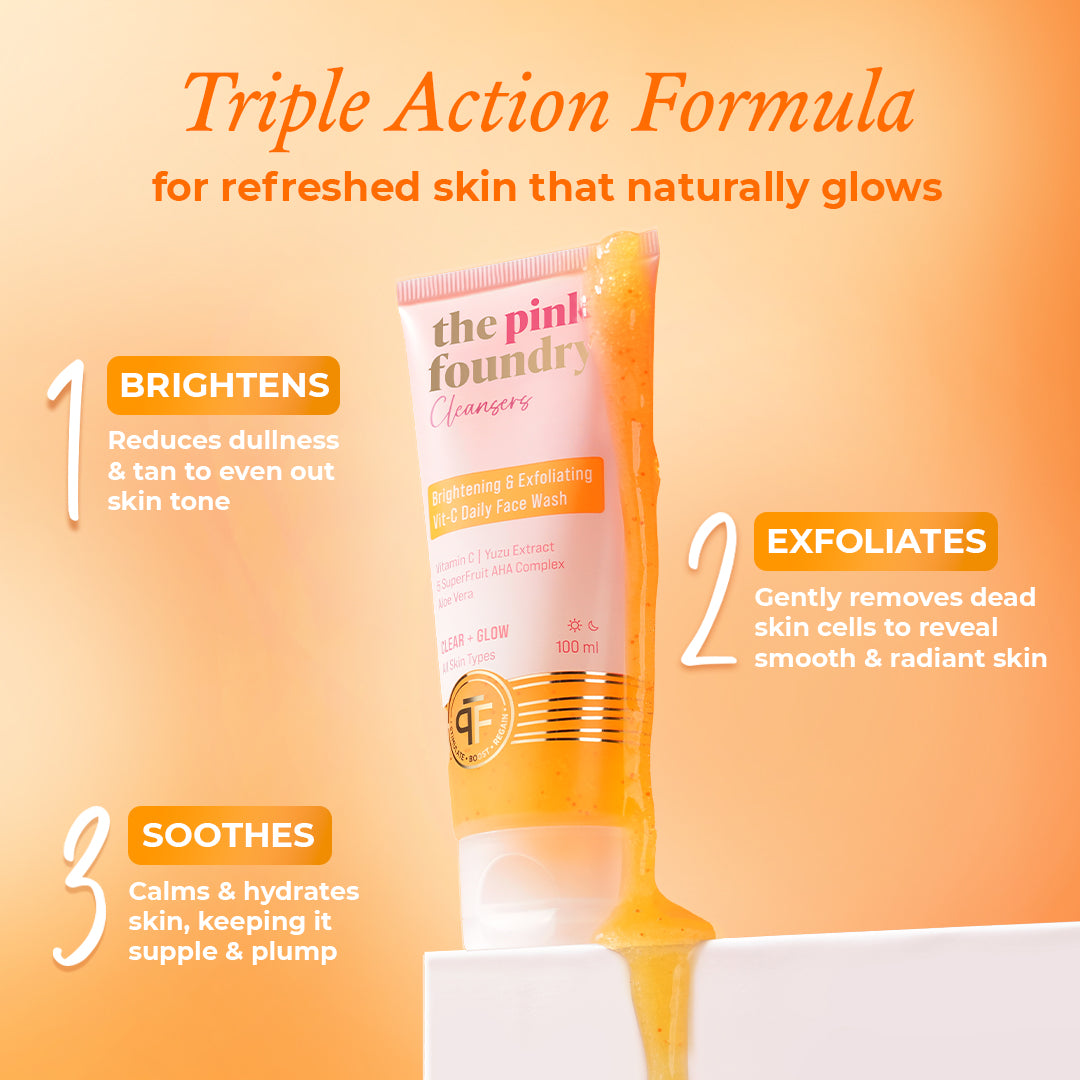
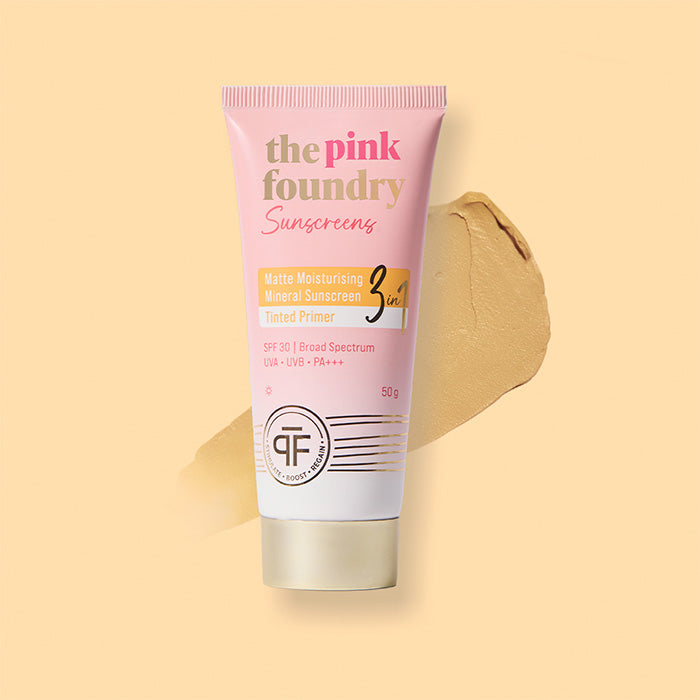
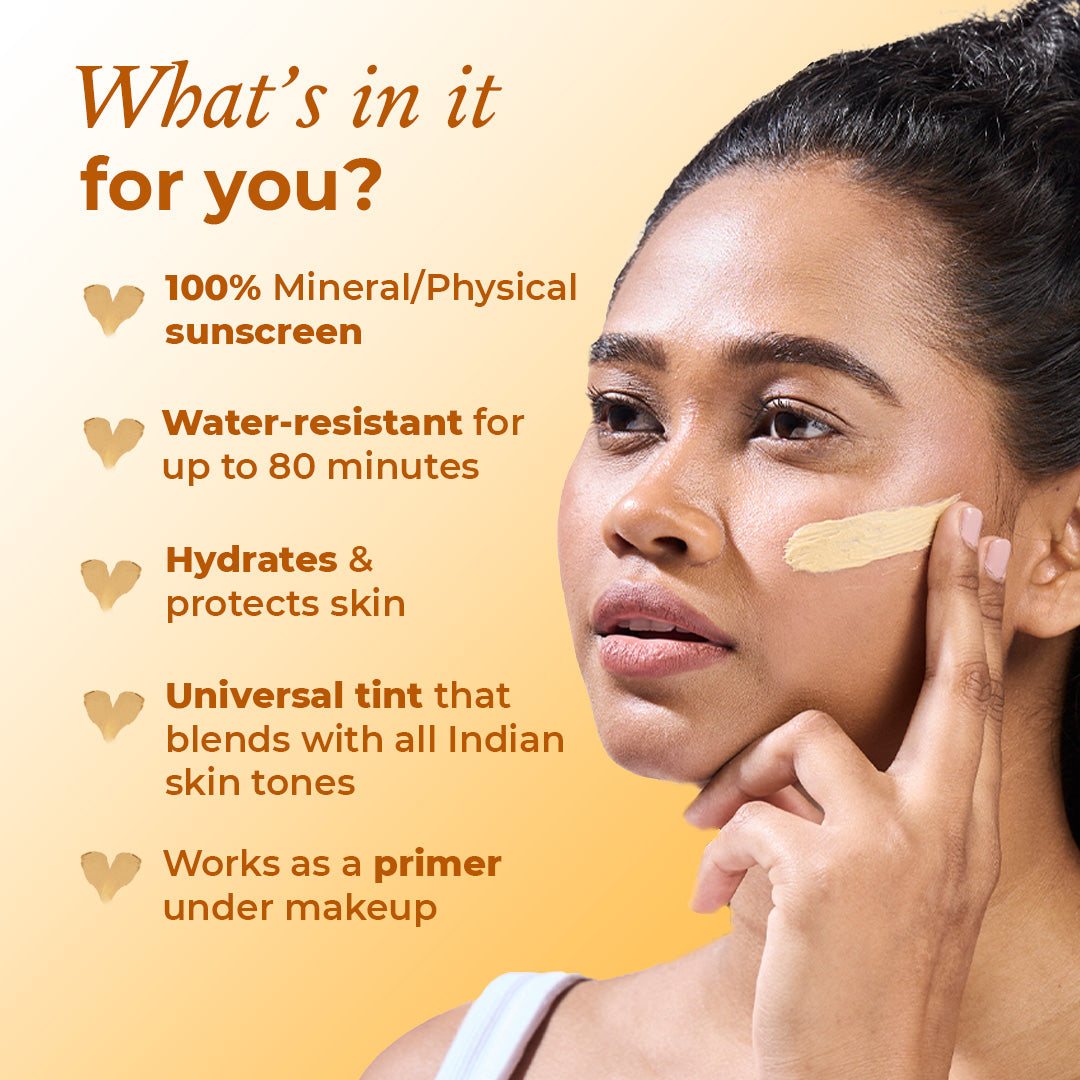
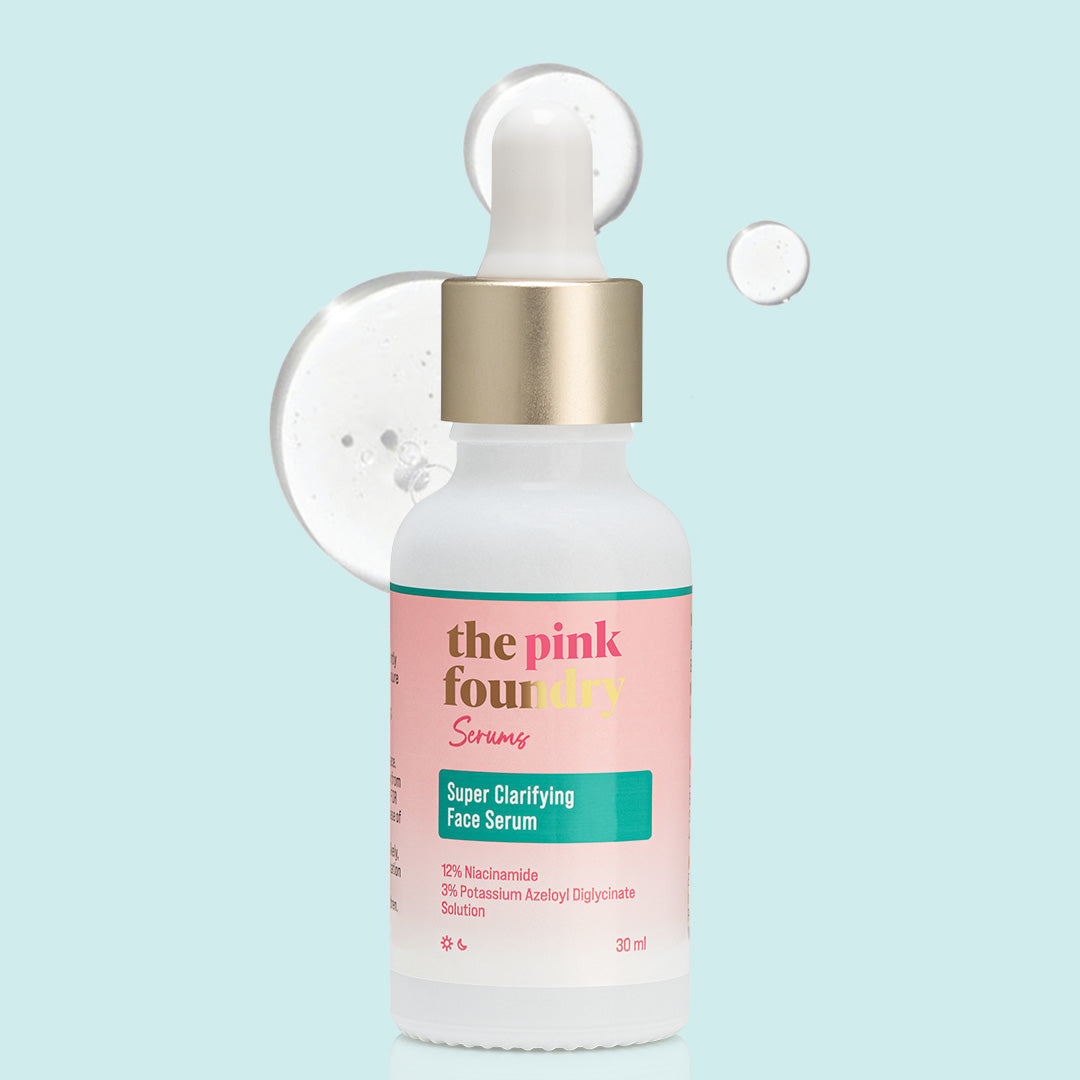
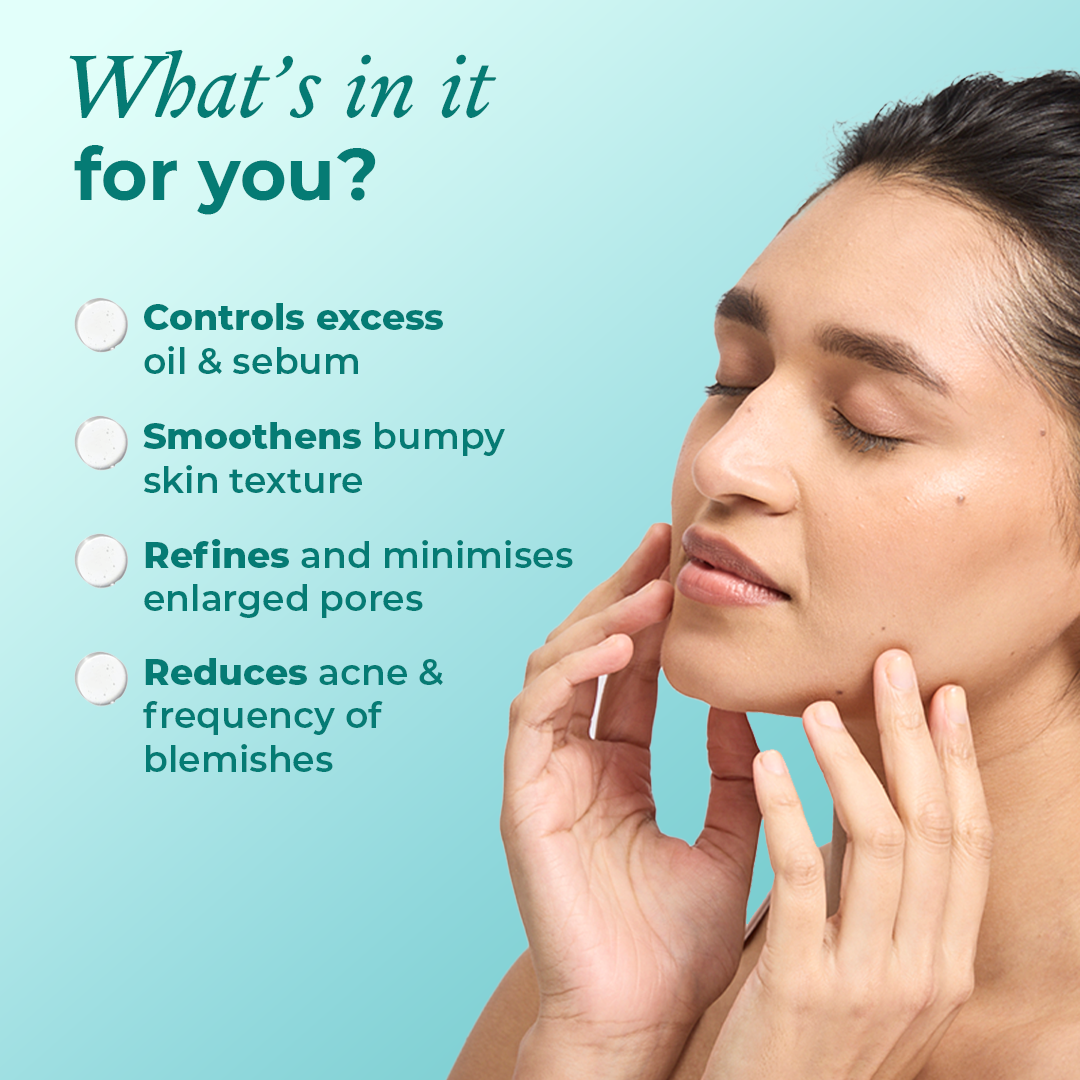

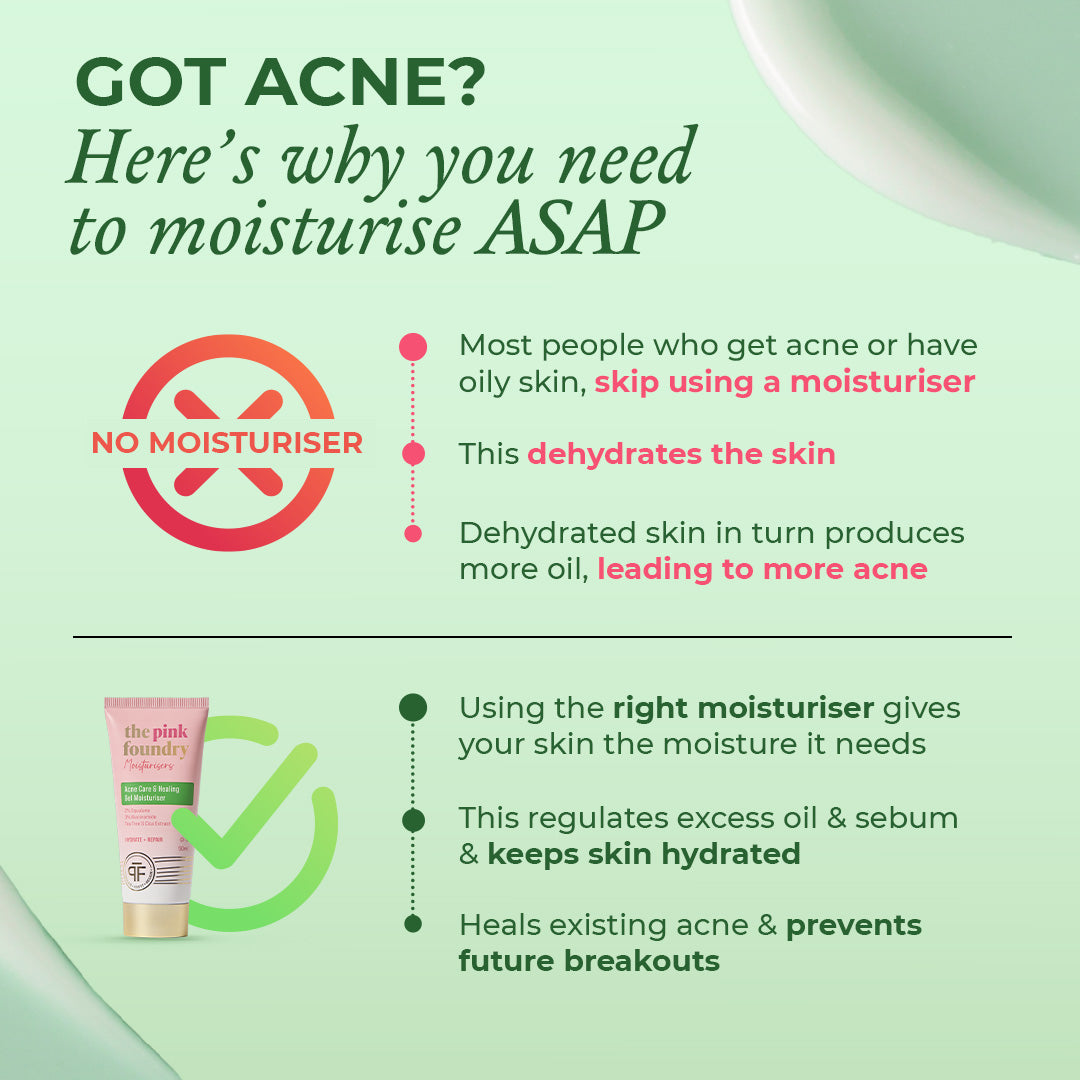
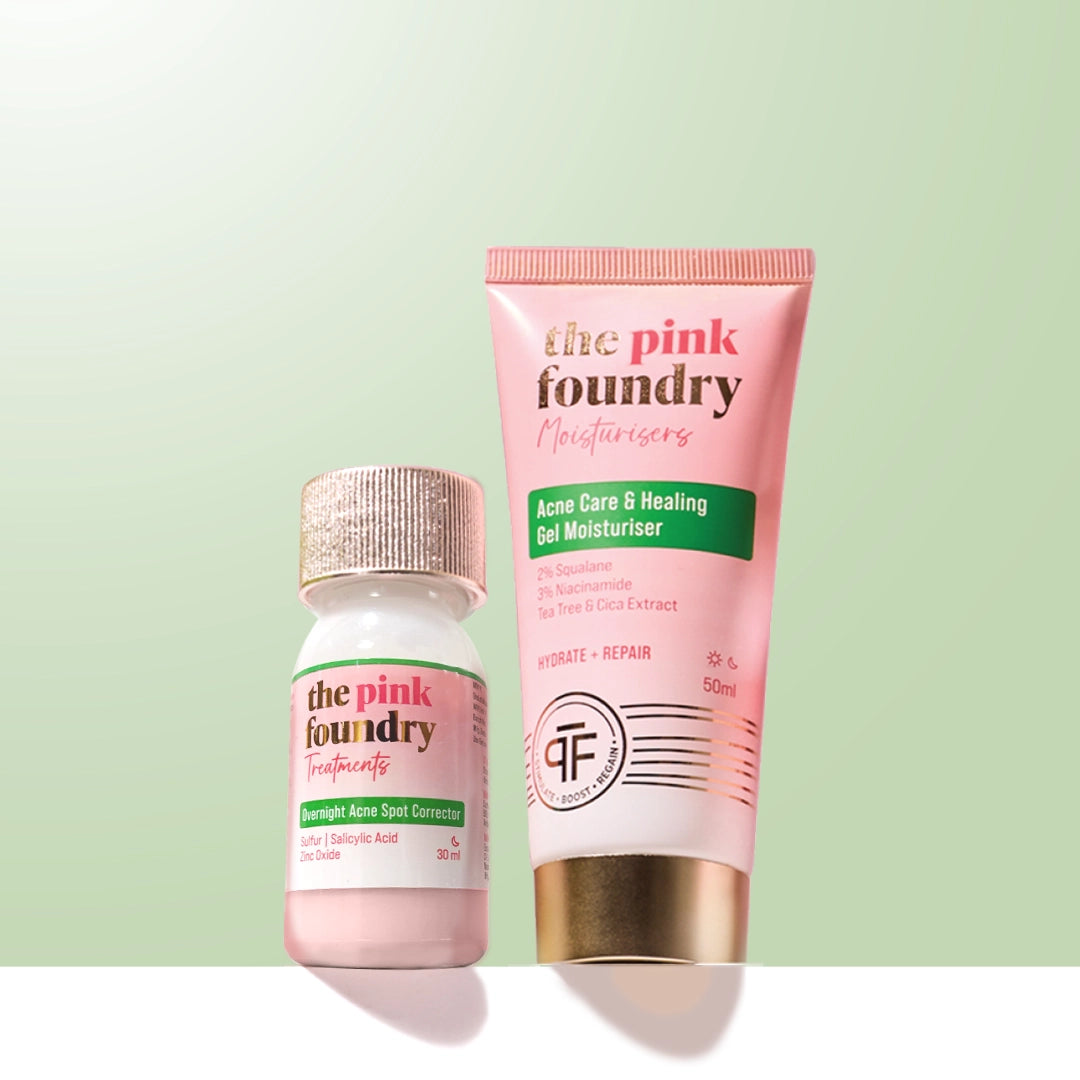
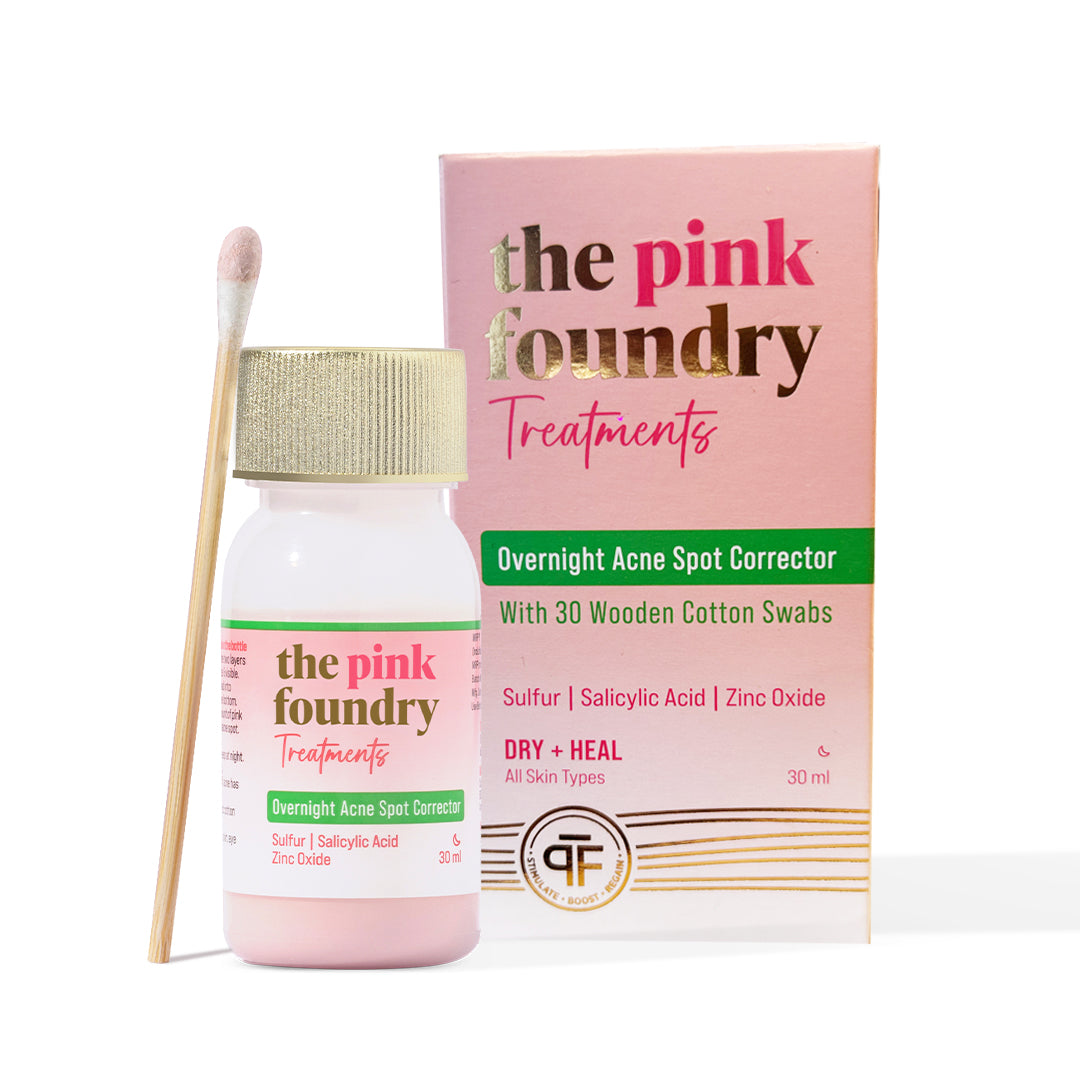
Leave a comment
This site is protected by hCaptcha and the hCaptcha Privacy Policy and Terms of Service apply.